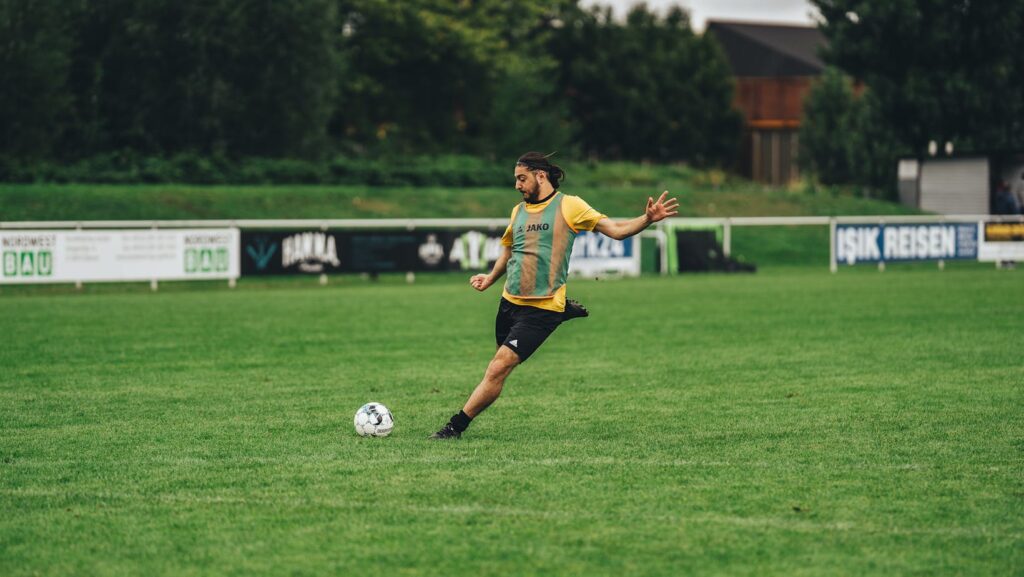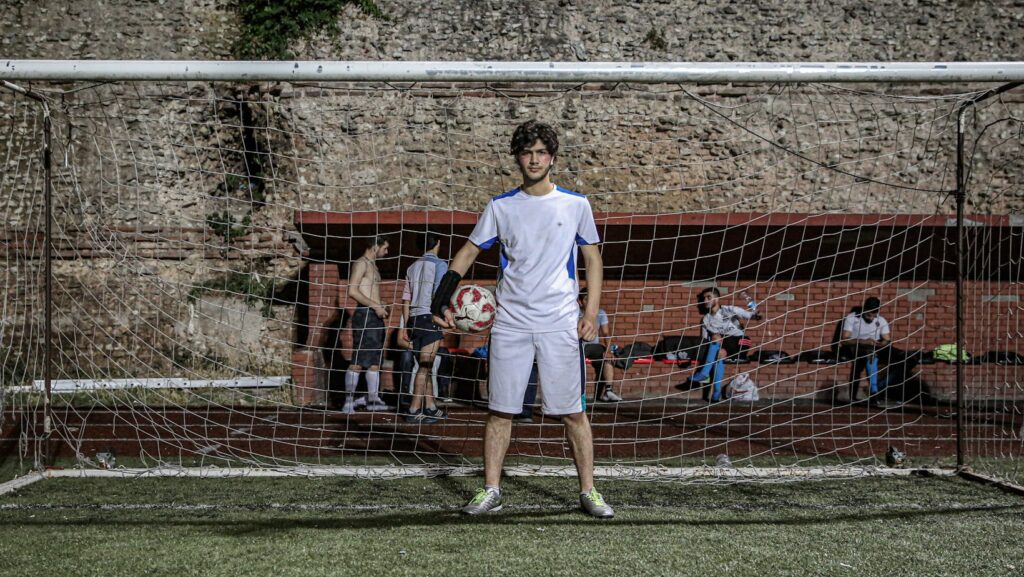In the exhilarating world of soccer, one aspect always stands out: the attack. It’s the driving force that keeps fans on the edge of their seats, hearts pounding with anticipation. But what really goes on behind those thrilling moments of goal-scoring brilliance? This article delves into the tactical analysis of attacking soccer, shedding light on the strategies that make or break a game.

Attacking Soccer A Tactical Analysis
In the realm of soccer, the art of attack demands intense scrutiny. A discipline steeped in complexity, it’s a fascinating assembly of strategy and talent playing out on the pitch.
The Principles of Attacking Play
Attacking play in soccer rests on four foundational pillars: penetration, support, mobility, and improvisation. Penetration revolves around breaking through the opposition’s defense to create scoring opportunities. Be it through passing or running with the ball, penetration exploits defensive lapses and manipulates the spatial structure of the field. On the other hand, support denotes the collective effort of players off the ball. It involves securing the space behind the player with the ball, providing options, and retaining possession if the attacking player encounters resistance.
The third principle, mobility, signifies the movement of players, breaking down into both individual and collective components. Collective mobility defines the structural shape of the entire team in attack, while individual mobility refers to the player’s movement to outmaneuver the opponent or receive a pass. Lastly, improvisation – the unpredictable, creative spark that brings all these elements together. It’s the spontaneous decision-making and skill application that can upset the rhythm of the most organized defenses. These principles, applied with tactical acumen, form the bedrock of effective attacking soccer.
Common Misconceptions
Despite the popularity of the sport, misconceptions about attacking soccer abound. One such fallacy is that the best attacking teams are characterized by reckless, relentless forward movement or repeated long balls. However, successful attacking play often entails more caution, precision, and shrewd manipulation of space. Effective attacking is not merely about quantity (constant assault on the goal) but quality (calculated moves to breach the defense).
Another common fallacy is the overemphasis on individual player performance. While a moment of individual brilliance can change the game, consistent attacking success requires a synchronized team effort, a concept often relegated to the backdrop. Thus, understanding attacking soccer involves dispelling these misconceptions and recognizing the intricate tapestry of strategy and skill that soccer truly embodies.

Key Tactics in Modern Soccer
Building on the exploration of attacking soccer, it’s essential to dive deeper into the tactical framework. The pivotal role of positional play and spatial awareness, along with pressing and counter-pressing techniques, greatly influences modern soccer’s dynamics.
Positional Play and Spatial Awareness
Key in attacking soccer is positional play, which hinges on players maintaining precise formation across the field. This involves nailing spatial distribution, ensuring none oversteps the defined space or crowd the same zones. For instance, wingers play crucial roles by stretching the defense and creating wide spaces, allowing midfielders opportunities for penetrating passes.
Spatial awareness, on the other hand, provides players a superior understanding of their surroundings. Players, notably the midfield orchestrators, continuously check space positioning, both for themselves and their teammates. This awareness helps them exploit gaps in the opponent’s formation. For instance, Barcelona’s style of play, often showcased in their ‘Tiki-Taka’ passing technique, relies heavily on high-level spatial awareness.
Pressing and Counterpressing
Pressing and counter-pressing techniques remain integral to modern tactical analyses in soccer.
Pressing, employed when out of possession, involves teams applying pressure on their opponents to regain the ball. The aim is to limit passing options and force turnovers in the opponent’s half. The theory underpinning this tactic assumes that the closer the ball is won to the opponent’s goal, the less distance it needs to travel to score, reducing the consequential risk.
Counterpressing takes this concept a stage further. Following a turnover, teams immediately press to win back the ball, ideally within seconds of losing it. For instance, Jurgen Klopp’s Liverpool teams have mastered the counterpress, often turning defensive moments into sudden attacks with this aggressive approach.
Incorporating such strategies into their gameplay, teams can disrupt the rhythm of their opposition and seize control over the flow of the game.
Attacking soccer’s tactical analysis has revealed the complexity and strategic depth of this exhilarating sport. So, it’s clear – understanding and implementing effective attacking tactics can make the difference between a good team and a great one.

